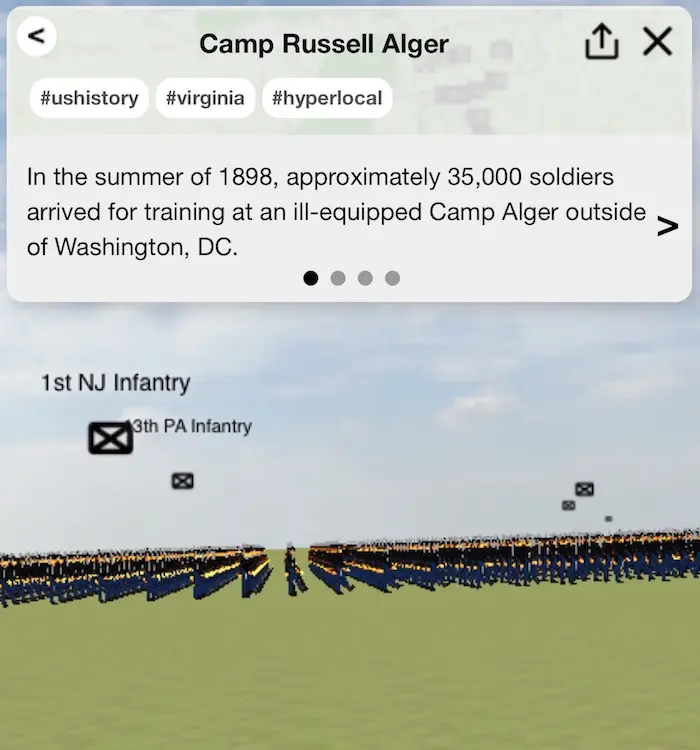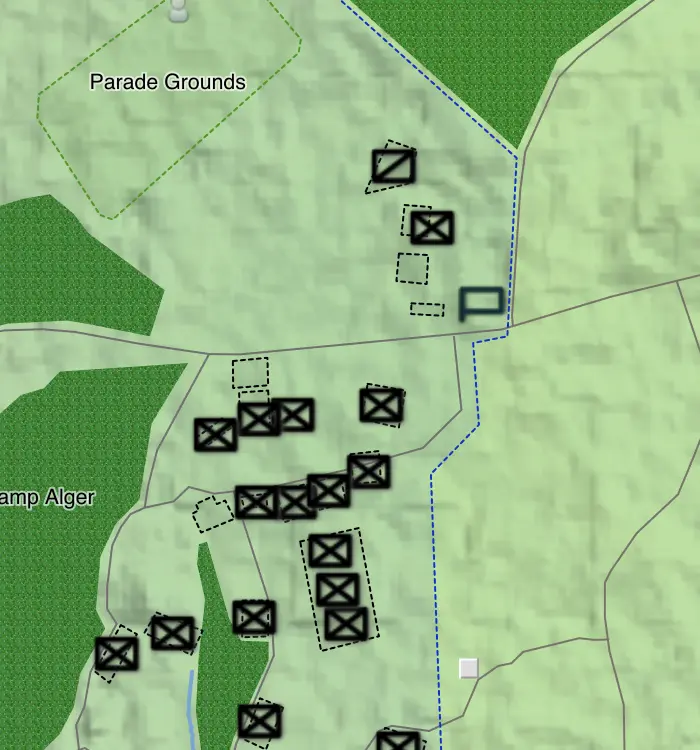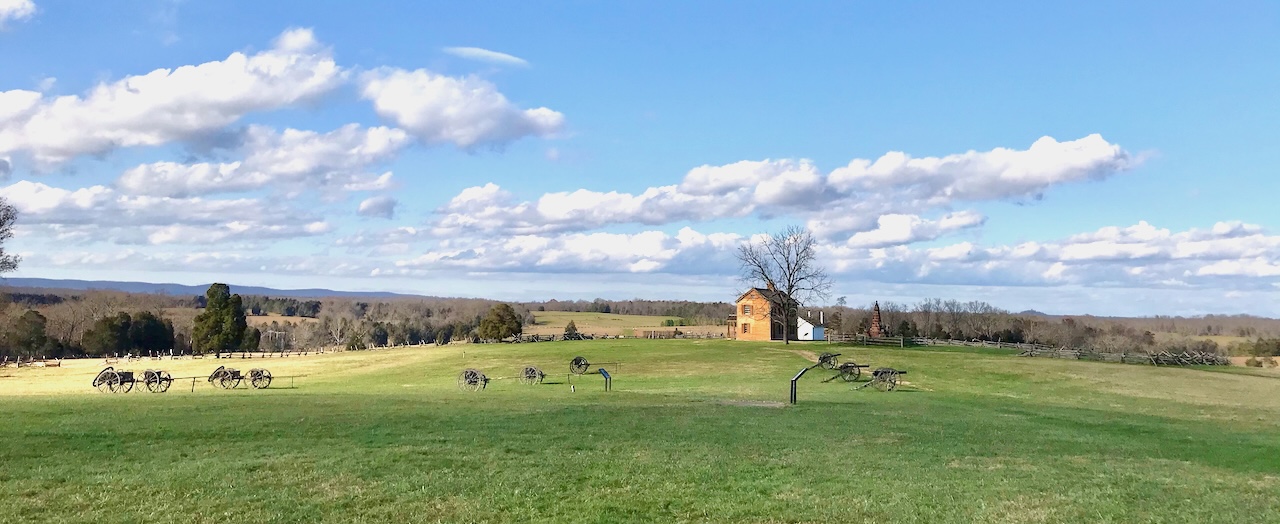Historic Locations
Fascinating history unfolded right where your site or business stands today. Show your visitors why your location is a memorable place so that you stand out in their minds. Your location's story comes alive on their mobile phones during their visit with just a QR code.
Overview
The history surrounding your business is a powerful story waiting to be shared. By embracing the rich past of your location, you create a deeper sense of authenticity and connection with your community. When people see the historical significance of where they are, your business becomes more memorable, standing out as a place that values both heritage and innovation.
At Running Reality, we’re passionate about making history engaging and accessible. With cutting-edge technology like mobile-based augmented reality, we bring the past to life in an immersive and interactive way. Northern Virginia is filled with incredible stories—let’s showcase how your location is a vital part of that history while demonstrating your forward-thinking vision for the future.
Solutions

Interactive Site History
- Augmented Reality
- Interactive people
- Use existing site data

Content Creation
- Local university partners will build 2D and 3D content
- Provide detailed content and guidelines for interactive people.
Content Creation
Running Reality works with university partners in the local area to provide the well-researched digital history. Our two main partners for Northern Virginia are the Roy Rosenzweig Center for History and New Media at George Mason University and the Ancient World Mapping Center at the University of North Carolina, Chapel Hill. Undergraduate and graduate digital historians generate content upon which you can rely to showcase the history of your site.
The primary cost of content creation is the research and data entry. The exact cost would scale based on whether Running Reality already has some data for your site from the work of others and the level of detail of historical features to add. For instance, 2D building footprints are much faster than full 3D.
We are developing Generative AI tools to streamline the process of adding content. So, we can add more content in phases as new tools come online. For example, today we create the 3D people and objects at a site using new generative AI tools. Gen AI will soon be able to create 3D people reliably from historical photos. We are building a capability to generate 3D building textures from historic street-level photos of buildings and neighborhoods.
Augmented Reality is new and exciting but can also be very expensive. We are using our integrated world history model to reduce costs and make it accessible for all historical sites. A single digital history editor generates the 2D and 3D data with advanced tools to make the process quicker and more accurate. This single world model can be viewed with a single global augmented reality engine. This is not a custom solution with expensive custom technology for each site. It means a low-cost solution with technology costs amortized over all sites.
Interactive People
Hosting a "living historian" or a re-enactor turns a historical site into an immersive experience, bringing the past to life through storytelling, period-accurate demonstrations, and hands-on activities. They boost engagement, encourage repeat visits, create deeper connections, and lasting memories.
Hosting a digital historical re-enactor brings history to life through interactive technology. They can be an efficient tour guide (even when your staff are busy) to make history accessible anytime with personalized, real-time interactions. They ensure that history remains dynamic, interactive, and relevant in the digital age. Running Reality has interactive site guides, interactive historical figures, and interactive anonymous regular people.
You can choose what level of digital interactivity you feel fits your location. If you were to host a human historian or re-enactor, you would have to provide training materials and site historical details. A human should be guided by a written policy about sensitive topics, a policy which can also be used digitally. However, a persistent visitor can press both a human or digital person, so we have options available.
If you have students, young people, and teens who visit you, you can activate a "scavenger hunt" feature where the digital person can be talked into doing a silly dance. This is not historically accurate, so the digital person will mention this and a yellow bubble will pop up to say "you found an item on the scavenger hunt." Collecting these "scavenger hunt" items is shown to drive much higher engagement with younger people and they engage the digital person longer and hear more about your site's history. Again, you can choose to turn this feature on if you feel it fits your location and your visitors.
| Basic | Use only historical data, such as famous quotes, letters, or speeches via a "said" factoid. |
| Dialog Tree | Use a dialog tree with suggested questions and pre-approved responses. |
| GenAI | Use an AI Large Language Model (LLM) to answer questions using a pre-approved set of training materials. |
Learn More
We would love to answer any further questions, explore options, and develop a custom quote with you.
Send the Running Reality team an email:
